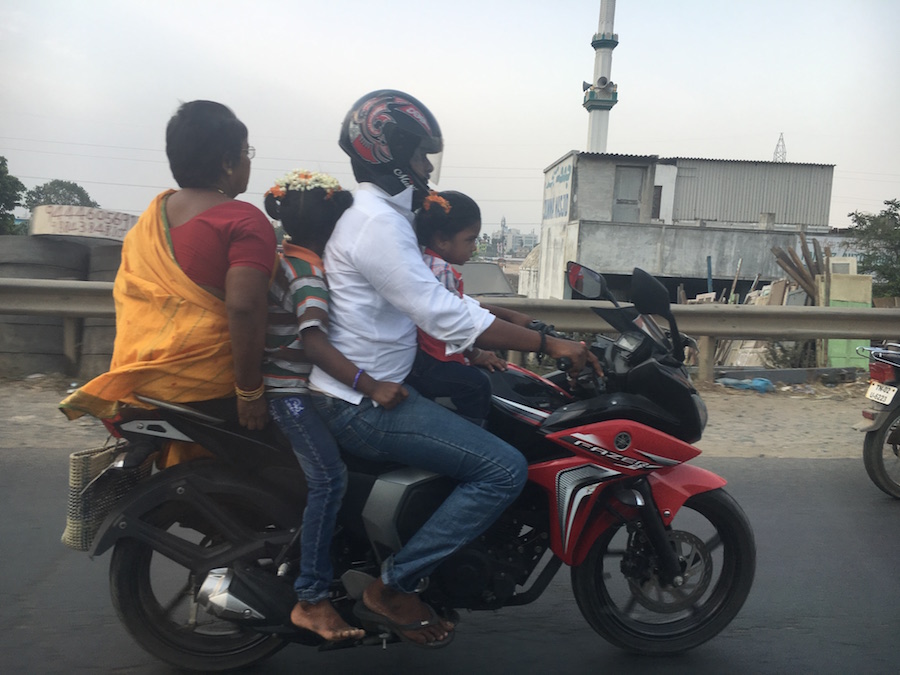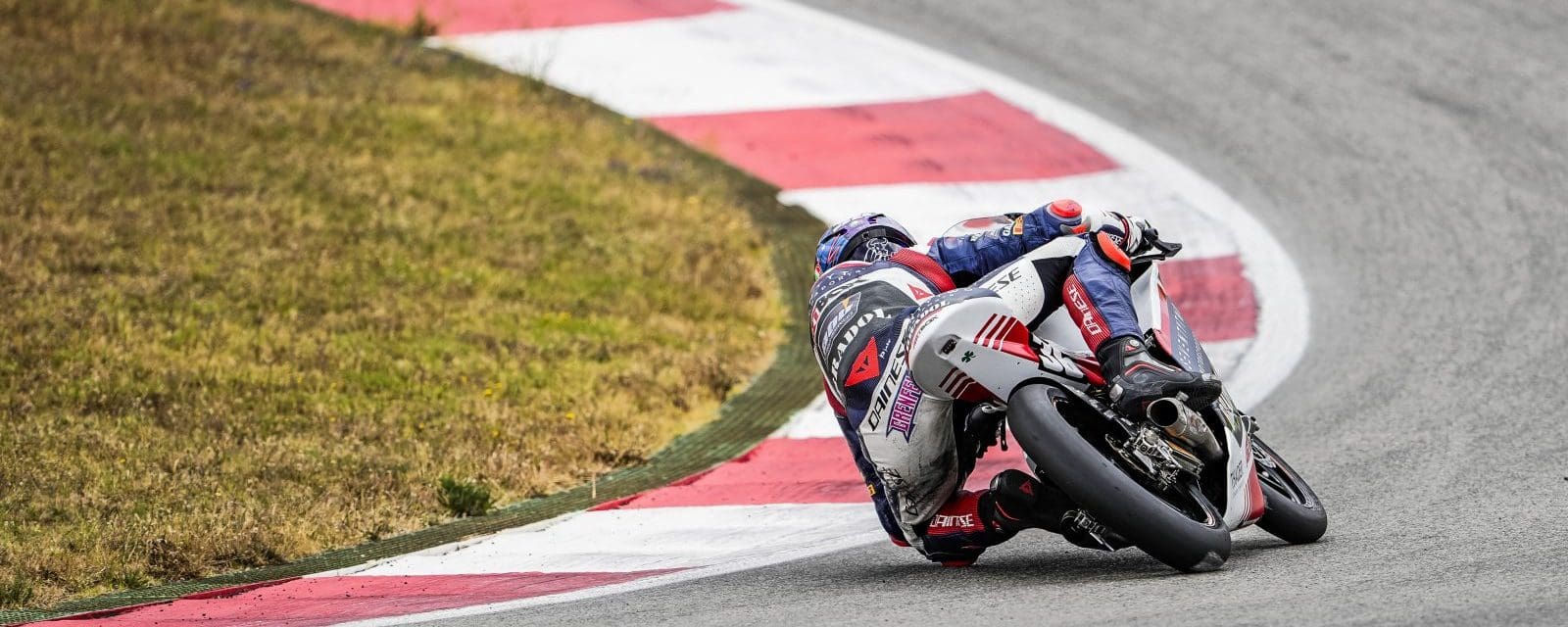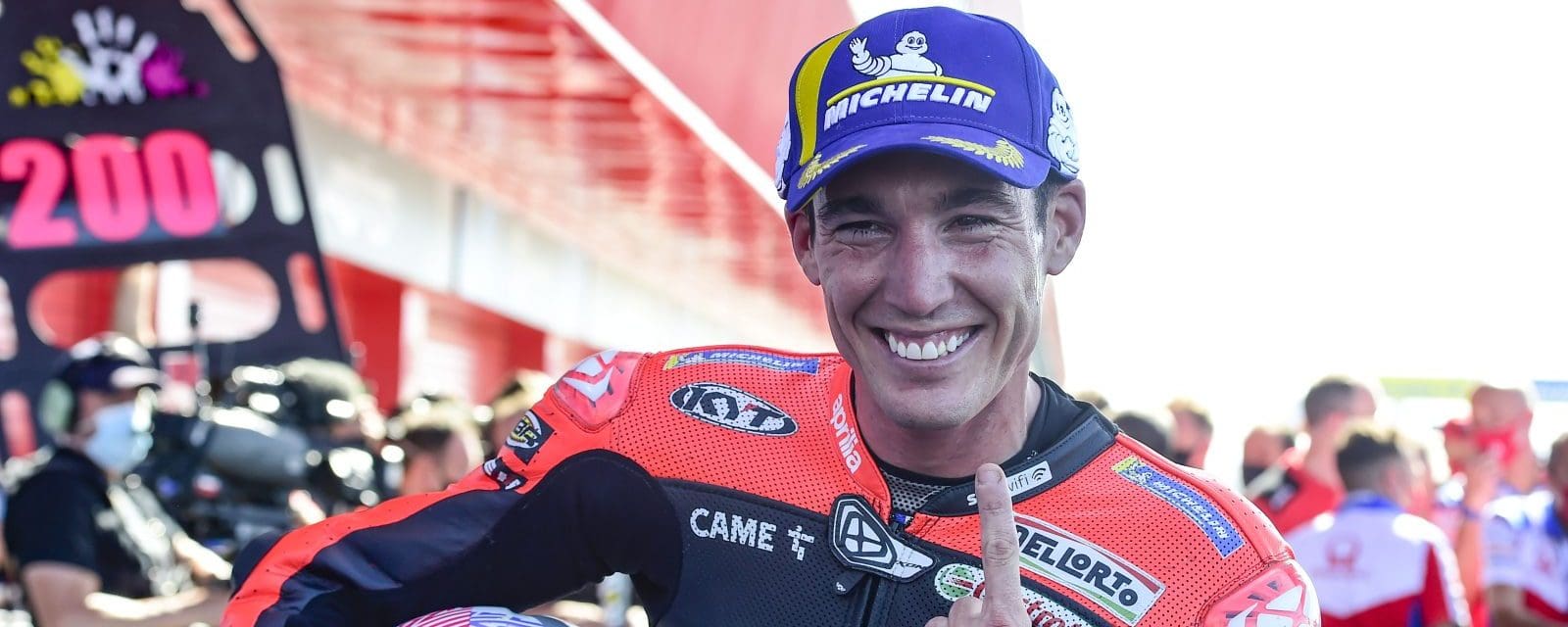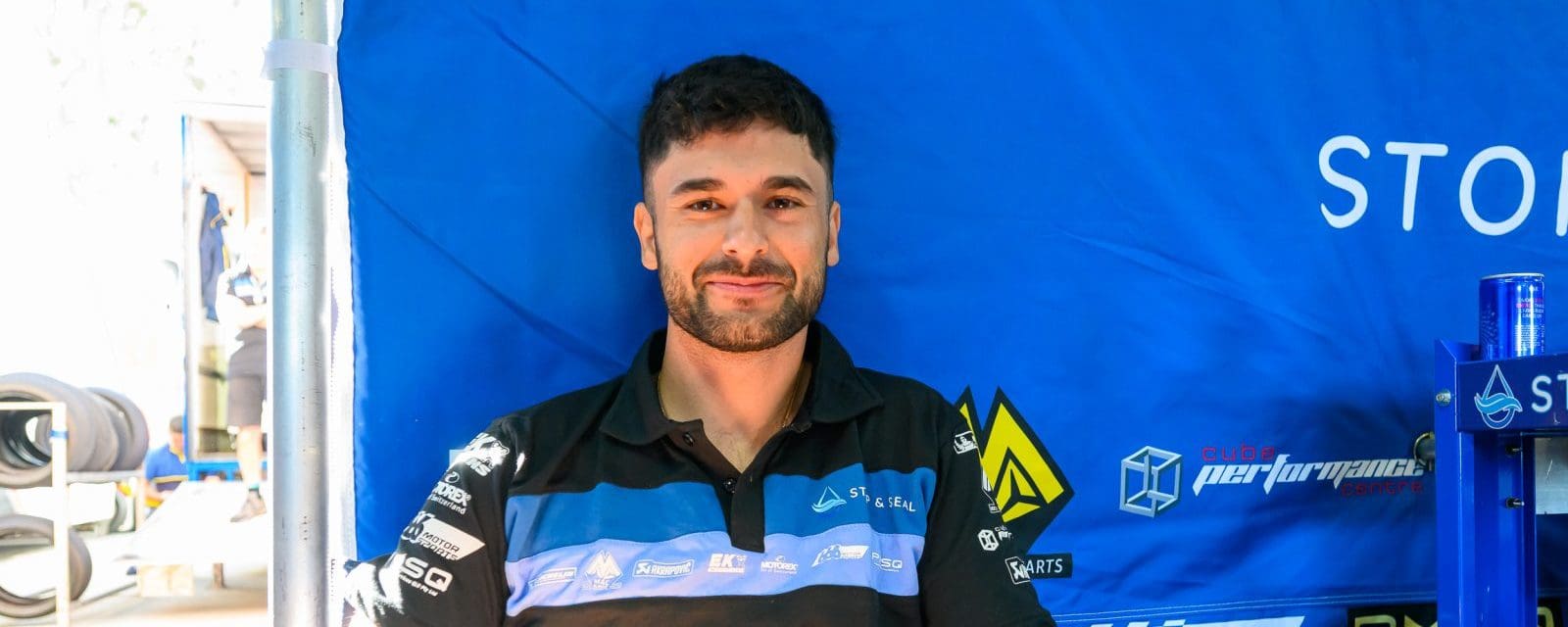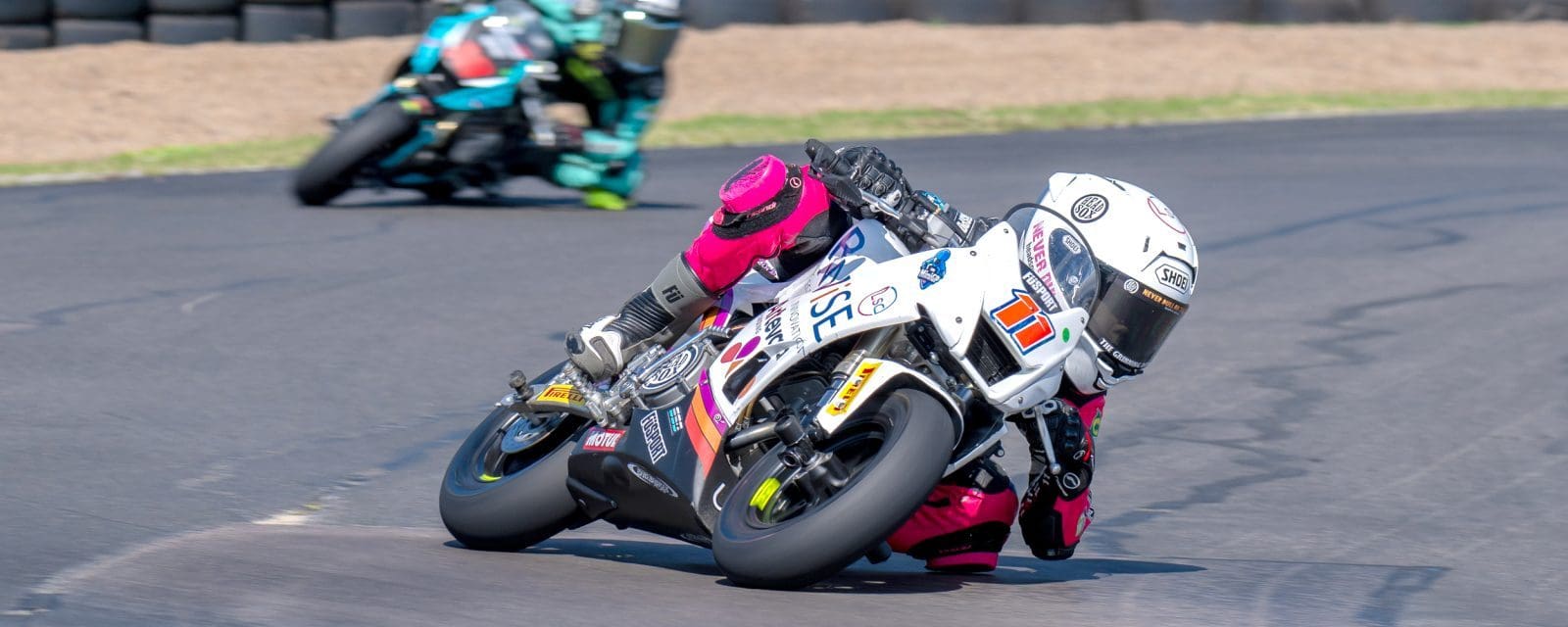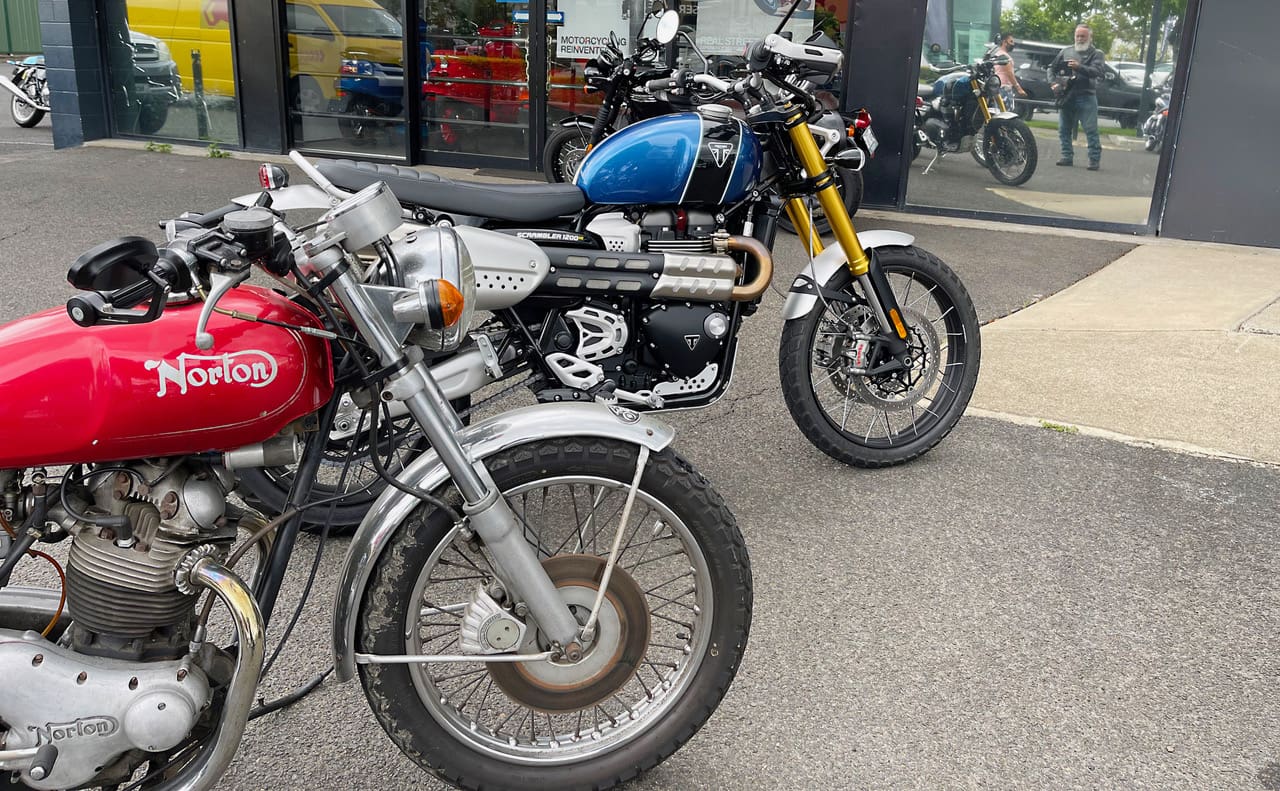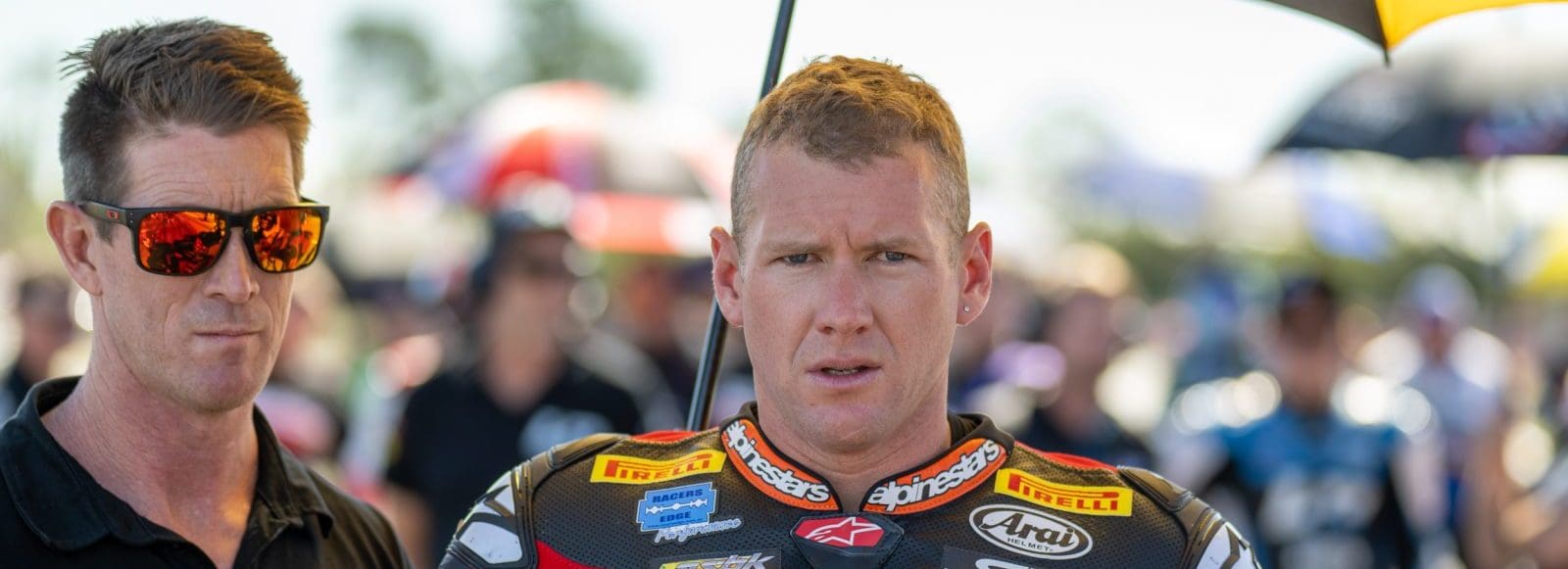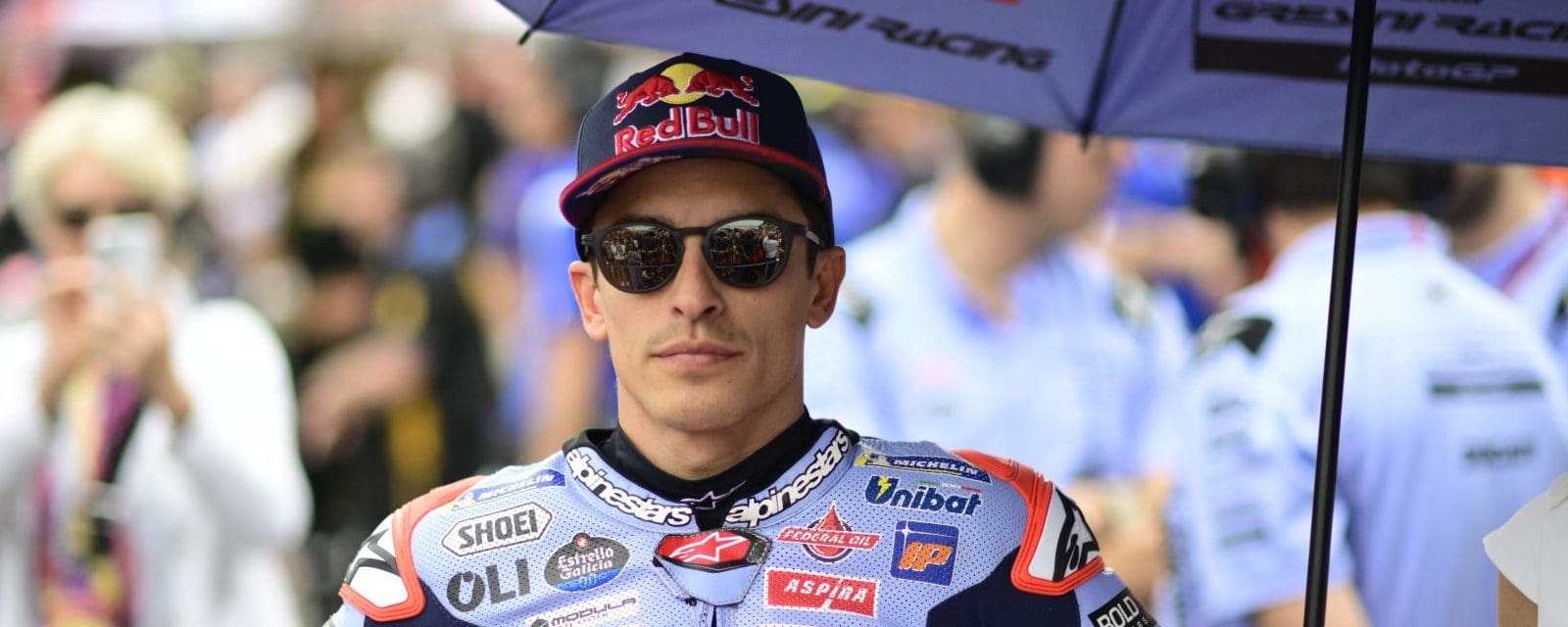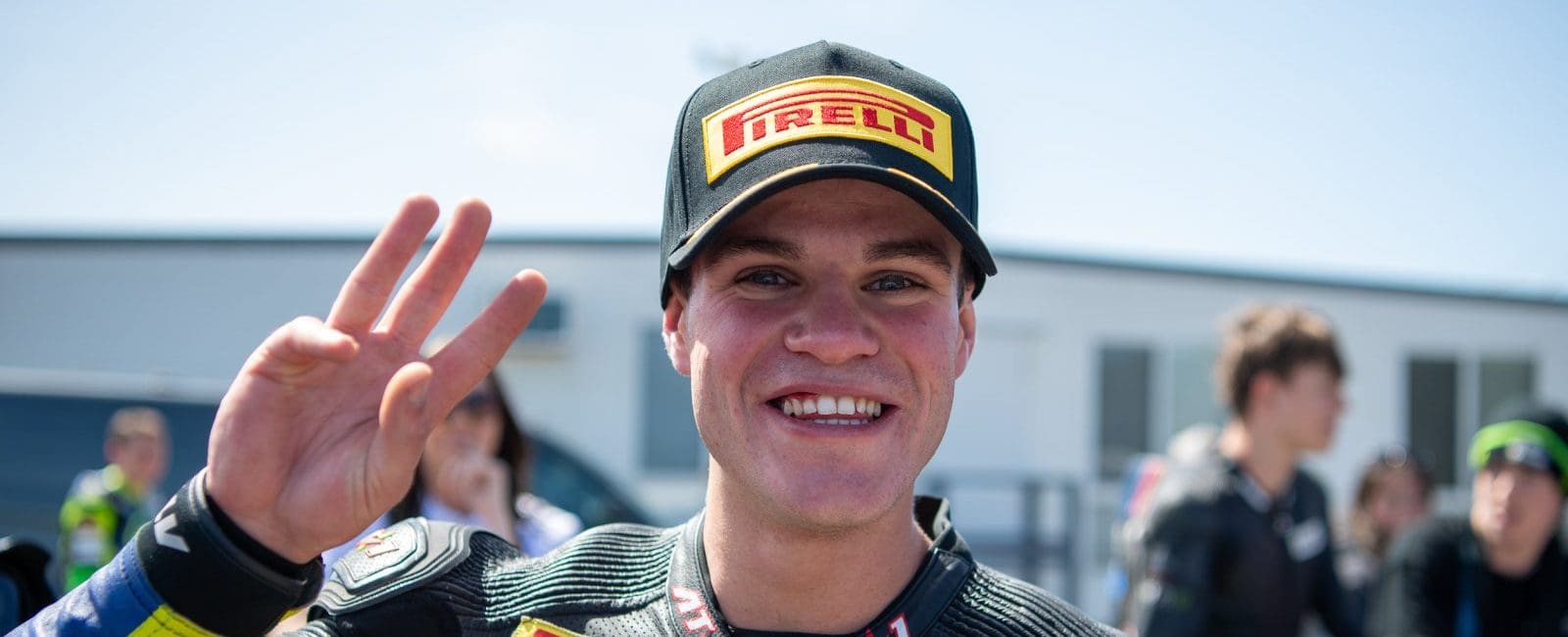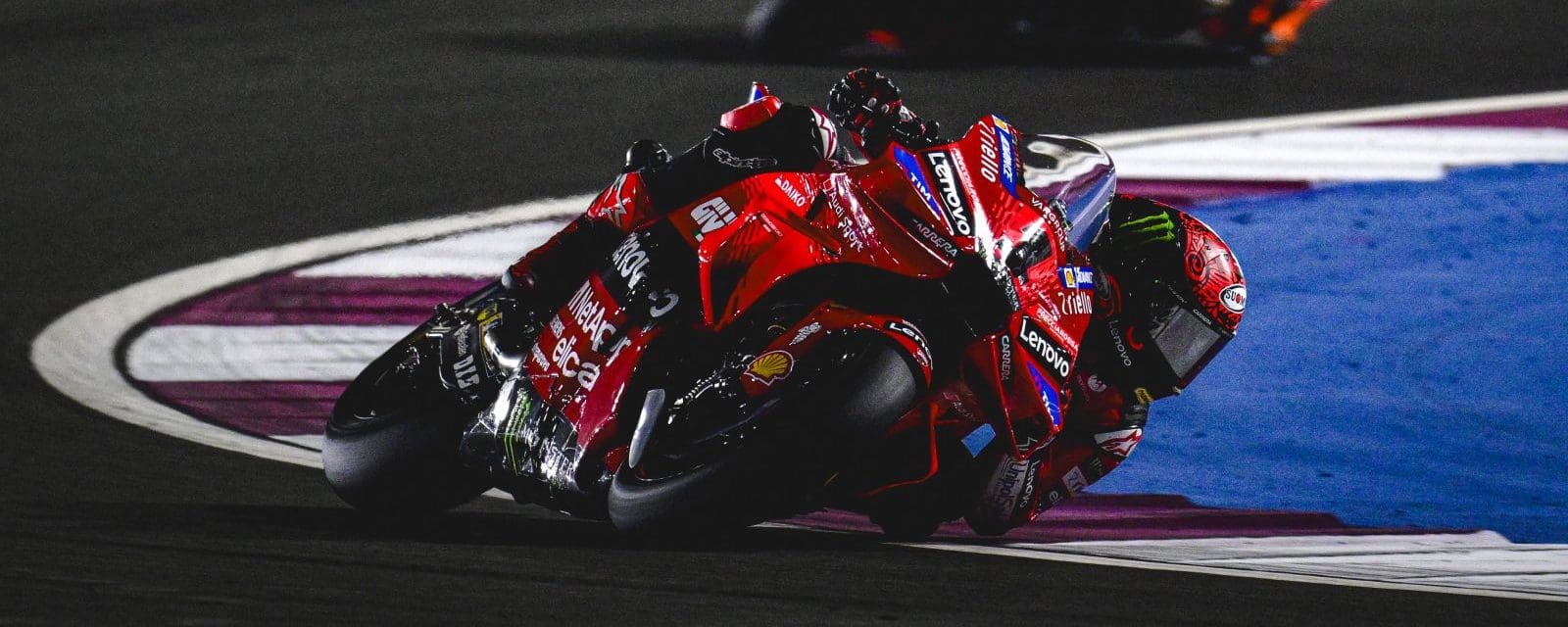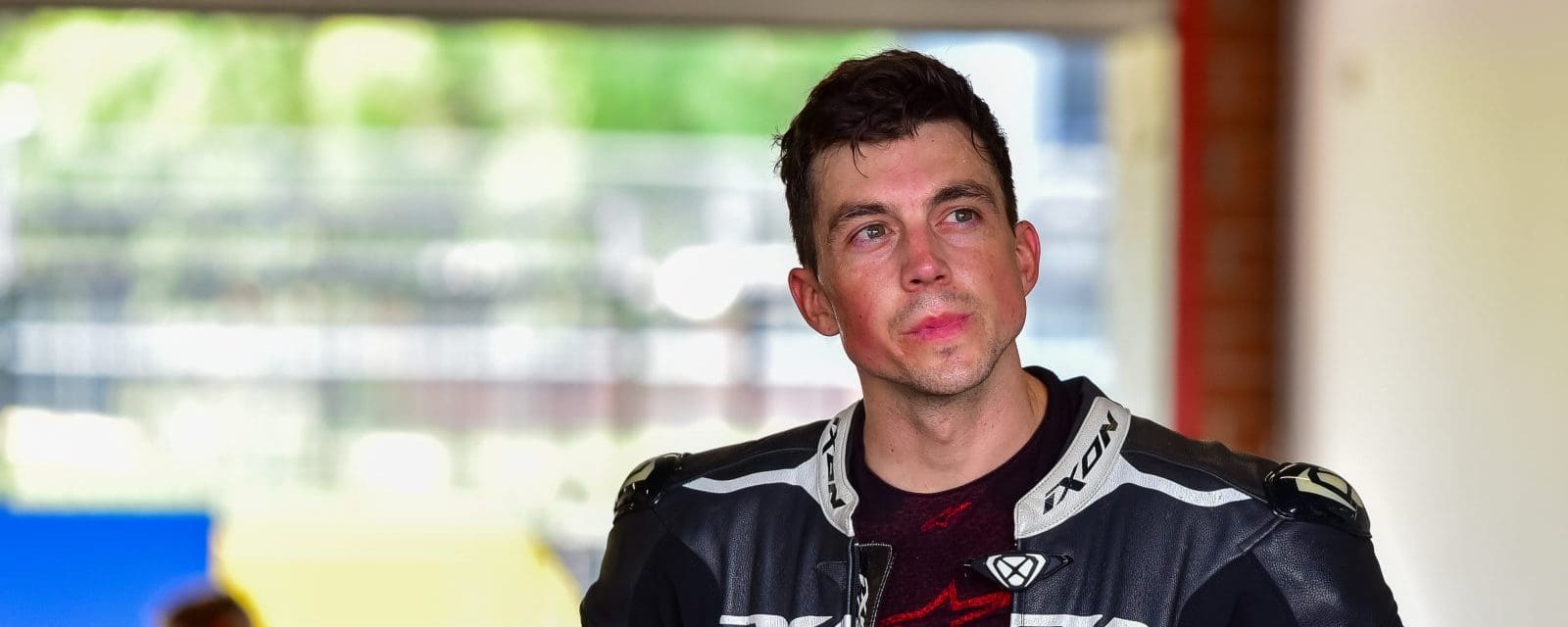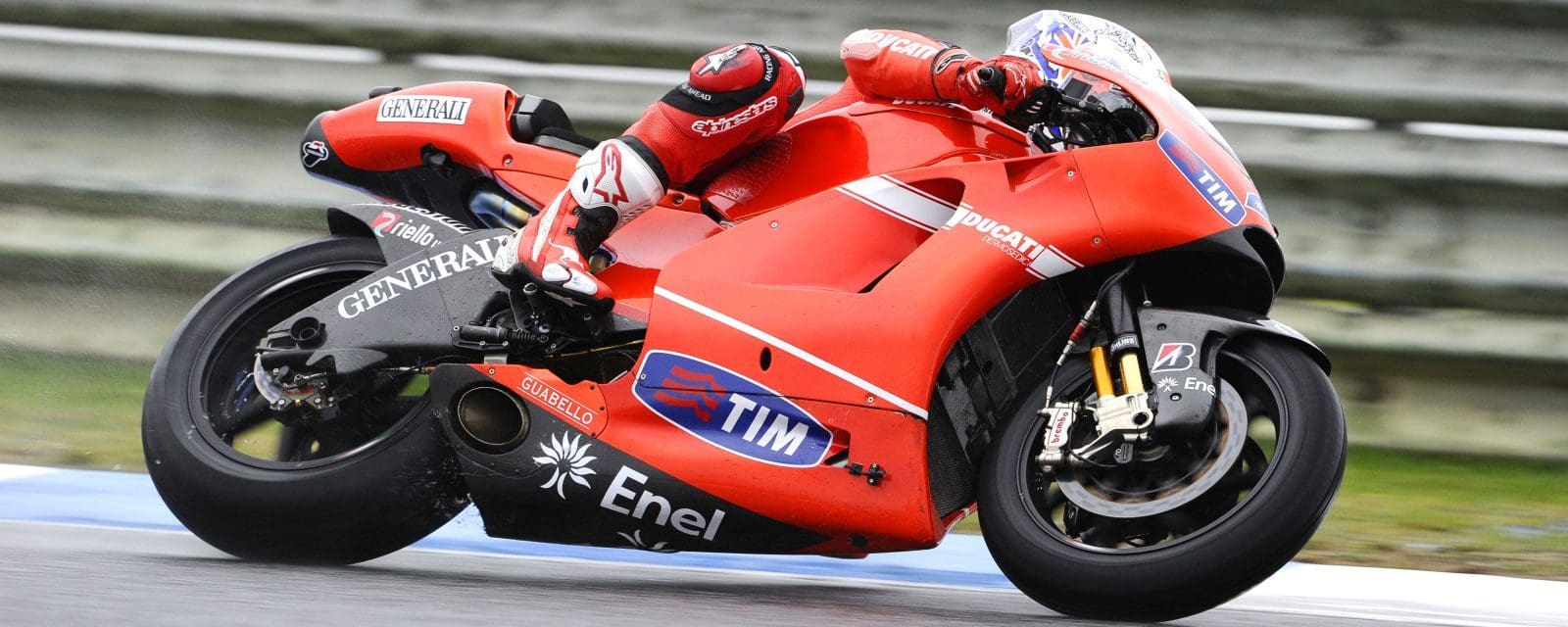I’ve been in India a bit lately, and this has led me to a honking (quite literally) realisation about a rider’s rite of passage, of the heightened skill and awareness which early exposure to motorcycling awards us, and how important this is for survival.
Witnessing inner-city Chennai traffic has left me beyond bewilderrment at the lunacy on display, yet amazed and fascinated by the obvious order within this extreme chaos. What occurs on urban Indian roads must be seen to be believed – if you’ve got the stomach, that is.
Lumpy, broken tarmac with no lane markings, packed tighter than Chaos Carolinensis’s chuff with cars, buses, trucks, dogs, chooks, ducks, tuk-tuks, buffalo, bicycles, tricycles, pedestrians of all stripes, and millions of motorcycles.
Everyone is going their own way, doing their own thing, making their own lane wherever they want and in any direction, caring not a toss for any road rules and guided purely by the instincts only survival or procreation can deliver. Wrong way up the wrong side of the road or footpath, be-thonged, over-loaded, under-helmeted, high on asphyxiation and supremely talented, motorcycling on the subcontinent is an abject lesson in “learn quick or die young.” And there’s no shortage of elderly riders, of all genders and generations.
You start out as an infant, wedged between mum and dad in a shoulder bag, and before your second birthday you are up front, riding on the tank, hands on the handlebar, staring bright lights and your entire family’s mortality in the face. This is how life on two wheels starts in India.
Although India may not produce world champions yet, the average rider in India is skilled in survival – they have to be. And the average western rider wouldn’t last five minutes in this heaving, red-hot mechanical herrang without suffering a monu…mental meltdown. Those who survived would come away a sharper, calmer and better rider. It’s a harsh way to humble big-helmeted hubris, and the bad habits endemic to India wouldn’t transfer well to our ‘civilised’ streets, but the skills, awareness and mental fortitude born of necessity are more likely to save your skin than any roadbook of riding tips regurgitated in a classroom.
I’m not talking about super-high-speed bike control – finding an Indian who’s cracked the metric ‘ton’ in their lifetime is rare, and mostly their saddle-time is barely faster than they could run. Yet the skills they have in spades are far more impressive than any sunny-Sunday road-warrior finally getting a knee down on the tenth lap of a roundabout.
Everywhere you look in India, riders perform extraordinary feats of perception, balance, precision, expert timing and extreme daring, with remarkable equanimity from both riders and their sari-wrapped, sidesaddle pillions.
When last did you take your better-half plus three kids through a moving flesh-and-steel slalom course with millimetres between bar-end and oblivion, and just a pair of thongs and a horn for protection? Did I mention that one of the kids is a goat your missus is holding by its hind hooves? I’ve seen this and more acts of motokhana mayhem with my own eyes. And the most amazing thing of all? No one appeared remotely panicked or concerned, except me. Not even the goat.
Horns are the constant backing track to city life, and have an entirely different meaning than in the west. Where ours say “f*** off you f***ing f***!” in India a friendly ‘peep-peep’ is an unwritten road rule. Road users are 50 per cent guided by sight and 50 per cent by sonar. The horn is a proximity sensor in this mulligatawny soup of mankind, metal and beasts.
Indians aren’t much fussed about tuning engines. Getting from A to B with all your limbs is better served by having your horn amped. Yet survival is not determined by he who honks loudest: all road users have superhuman spatial awareness, like a great ethereal doona of understanding cast (no pun intended) over the country. Even the street dogs are traffic savvy.
And the cows? Sorry, they may be sacred, but they’re still stupid. Luckily, they don’t move that often.
